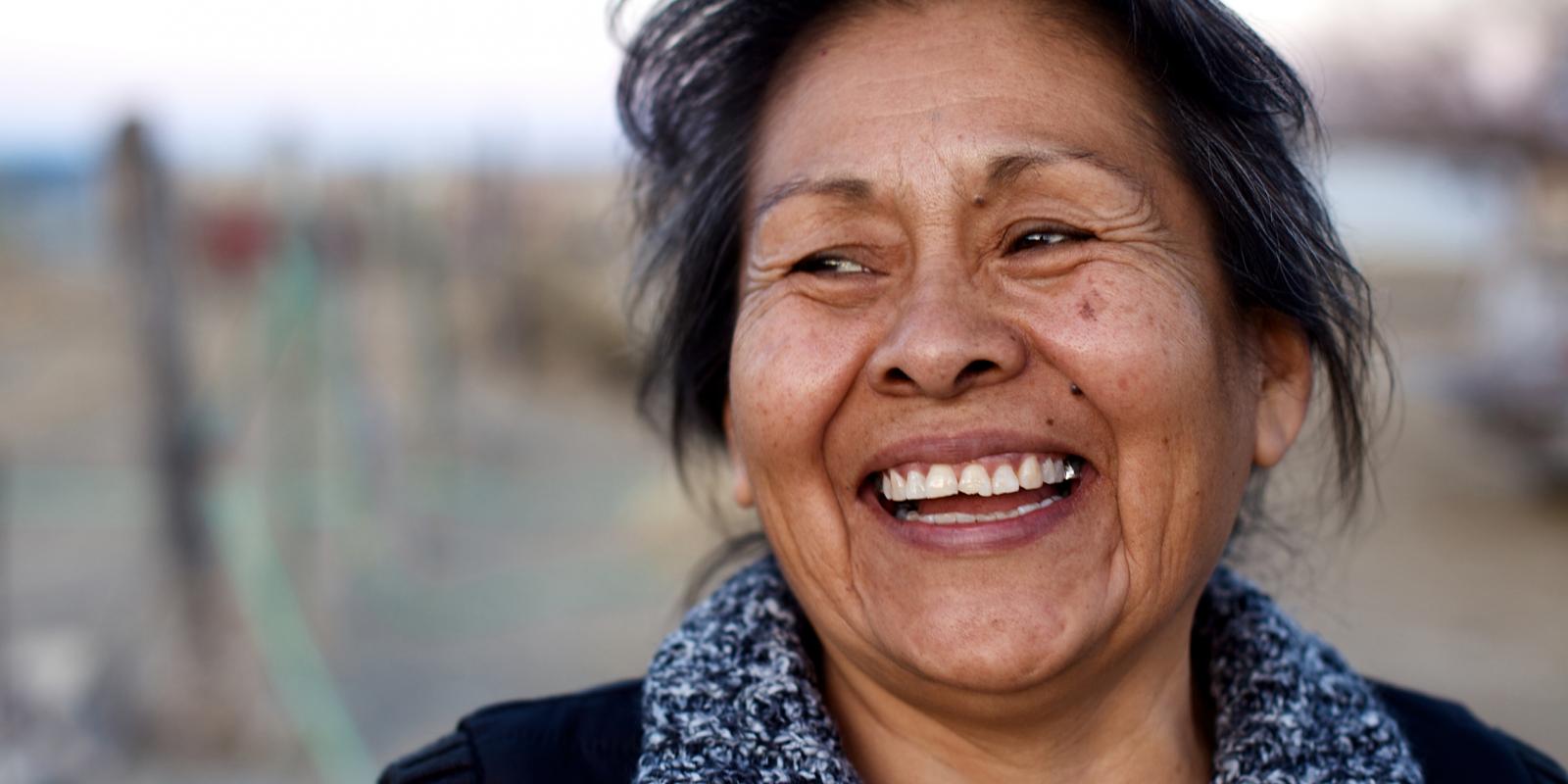In 1994, the United Nations General Assembly decided that the International Day of the World’s Indigenous People be observed on Aug. 9 every year. The day recognizes contributions of the world’s 370 million Indigenous people, who live in more than 90 countries. The date is celebrated around the world and marks the day of the first meeting in 1982 of the UN Working Group on Indigenous Populations.
The U.N. declared the years 2022-2032 the decade for Indigenous languages. The goal is to bring to attention dying languages, because most of them are no longer taught in schools nor used by the general public. Losing a language means losing an important facet of the history and culture of a people.
It is estimated that more than half of the world’s languages will become extinct by 2100. Linguistic diversity is being threatened around the world, and this threat is acutely felt by Indigenous peoples. There are between 6,000-7,000 oral languages spoken worldwide.
According to the United Nations, approximately 600 of these languages have disappeared in the past century, at a rate of one language every two weeks. No less than 40% of languages spoken in 2016 were in danger of disappearing, many of them Indigenous.
Fewer children are learning Indigenous languages in the traditional way—from their parents and elders. Even when a parent speaks the Indigenous language, they do not necessarily pass it on to their children. In an increasing number of cases, Indigenous languages are used only by elders.
‘It is estimated that more than half of the world’s languages will become extinct by 2100.’
Article 13 of the United Nations Declaration on the Rights of Indigenous Peoples states that “Indigenous peoples have the right to revitalize, use, develop and transmit to future generations their languages, oral traditions, writing systems and literatures.”
And it adds that States can, “take effective measures to protect this right, including through interpretation in political, legal and administrative proceedings.” Articles 14 and 16 state that all Indigenous people have the right to establish educational systems and media in their own languages and to have access to an education in their own language.
Some Indigenous peoples are successfully revitalizing and developing their languages through their own initiatives. The Winnebago Tribe of Nebraska has fewer than 15 fluent HoChunk language speakers left and is working to revitalize its language through a program designed to teach young people. The Lakota Waldorf School near Kyle, S.D., teaches Lakota youth their culture and language and offers Native parents an alternative to the public school system.
An ongoing and growing Salish language revitalization and preservation effort by the Flathead Nation has attracted attention of members from the Chickasaw Nation. They recently journeyed from Ada, Okla., to the Flathead Reservation in Polson, Mont., to learn about that tribe’s salvation effort of the Salish language.
Darrick Baxter, a member of the Ojibway Nation and president of Ogoki Learning, creates American Indian language learning tools for tribes in Canada and the United States. He wants to help other tribes revitalize and pass on their ancestral teachings for generations.
At the University of Oregon in Eugene, teams of Native researchers are building digital archives containing historical documentation to make language knowledge available to their communities. Meanwhile, Marie Wilcox, an 81-year-old great-grandmother and the last fluent speaker of the Wukchumni language, took it upon herself to revive the language. She learned to use a computer and in seven years wrote the first ever Wukchumni dictionary. The Wukchumni are believed to have numbered 50,000 before colonizer contact, but there are now only 200 left in the San Joaquin Valley of California.
This year the University of Alaska Southeast will offer some free Alaska Native language classes, in hopes of revitalizing the Lingít, Haida and Tsimshian languages. Rosetta Stone is working with Ojibwe language scholars and Native speakers to make sure Mille Lacs Band of Ojibwe members in Minnesota have access to the Ojibwe language. The lessons feature Ojibwe community members, videos and illustrations that teach vocabulary and grammar. Check out some of what’s available and find ways to help keep your language alive.
About the National Indian Council on Aging
Founded in 1976 by members of the National Tribal Chairman’s Association, which called for a national organization focused on aging American Indian and Alaska Native elders, the National Indian Council on Aging (NICOA)’s mission is to advocate for improved comprehensive health, social services and economic well-being for American Indian and Alaska Native elders. For more information, go to www.nicoa.org.
Kayla Sawyer is the technical communications analyst at the National Indian Council on Aging in Albuquerque, N.M.













